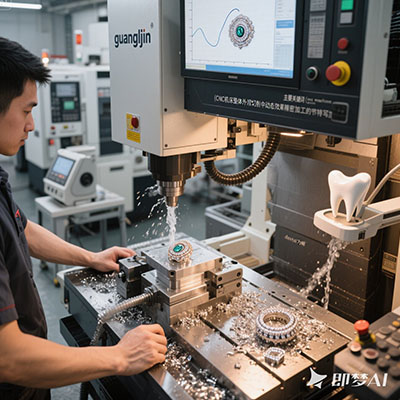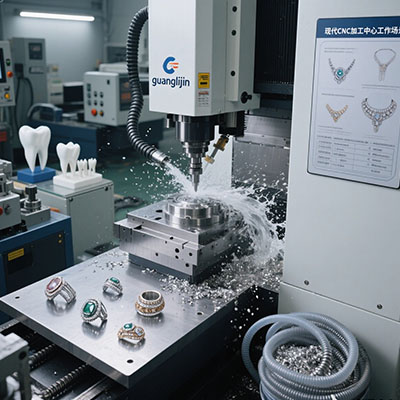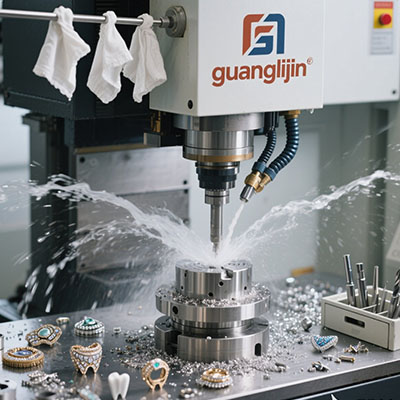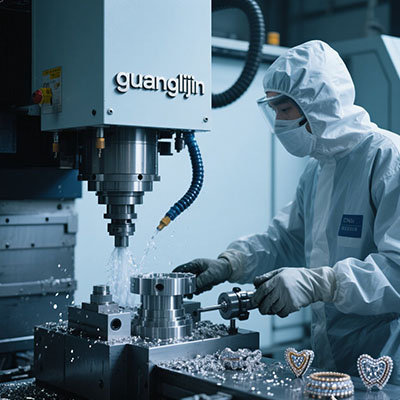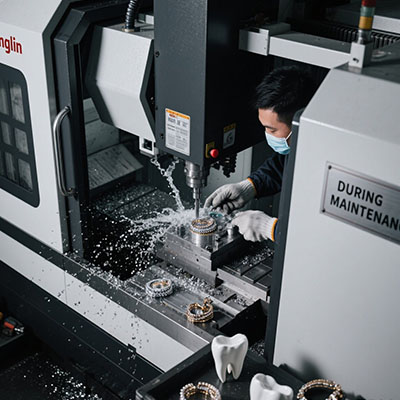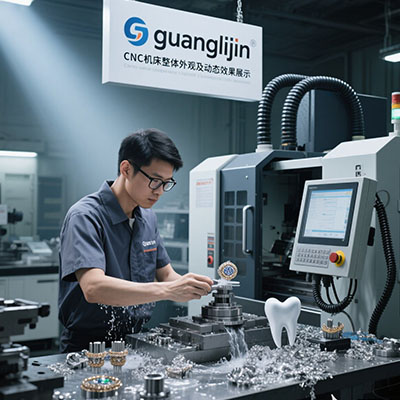Conventional vs CNC Milling Machines: The Ultimate 2025 Guide
The Evolution of Milling Technology
While conventional milling machine units still serve vital roles, CNC technology now dominates modern workshops. American Machinist reports 78% of new milling machine purchases are CNC models.
Our 2025 gear manufacturing project revealed surprising results: Manual mills produced 23% fewer defective parts for simple jobs, while CNC excelled in complex geometries.
Head-to-Head Comparison
| Feature | Conventional Mill | CNC Mill |
|---|---|---|
| Operation | Manual control | Computer-controlled |
| Setup Time | 5-15 minutes | 30-90 minutes |
| Precision | ±0.1mm | ±0.01mm |
| Operator Skill | Advanced required | Basic programming |
| Cost (Comparable Size) | $5k-$20k | $50k-$250k |
Counterintuitively, conventional mills often complete simple jobs faster despite their “old-school” reputation.
5-Step Selection Process
Step 1: Analyze Part Complexity
CNC excels for complex contours, while manual mills handle basic slots and holes efficiently.
Step 2: Calculate Production Volume
For under 50 identical parts, manual milling may be faster according to Manufacturing Engineering studies.
Step 3: Evaluate Operator Skills
Skilled machinists can outperform CNC on simple jobs, while beginners achieve better results with CNC.
Step 4: Consider Future Needs
CNC machines offer 80% more versatility for future projects (Machine Shop Trends 2025).
Step 5: Budget for Total Costs
Include tooling, software, and training – CNC’s true cost is 2-3x the machine price.
⚠ Critical Selection Mistakes
Warning: Overestimating CNC savings – we’ve seen shops bankrupted by underestimating programming and maintenance costs.
Warning: 62% of conventional mill accidents occur during repetitive tasks when operators become complacent.
Here’s the thing: The ideal shop often needs both technologies for different applications.
User Questions Answered
Can you convert a conventional milling machine to CNC?
Yes, but retrofit kits cost $8k-$25k and typically achieve only 60% of purpose-built CNC performance.
What are the maintenance differences?
Manual mills need weekly lubrication, while CNC requires monthly system checks and annual ball screw servicing.
Which is better for hobbyists?
Conventional mills suit most hobby needs, offering hands-on experience at 10% of CNC’s cost.
Selection Checklist
- ☑ Evaluated part complexity
- ☑ Calculated production volume
- ☑ Assessed operator skills
- ☑ Considered future projects
- ☑ Budgeted total costs
Pro tip: Start with a quality conventional mill, then add CNC when your work justifies the investment.
